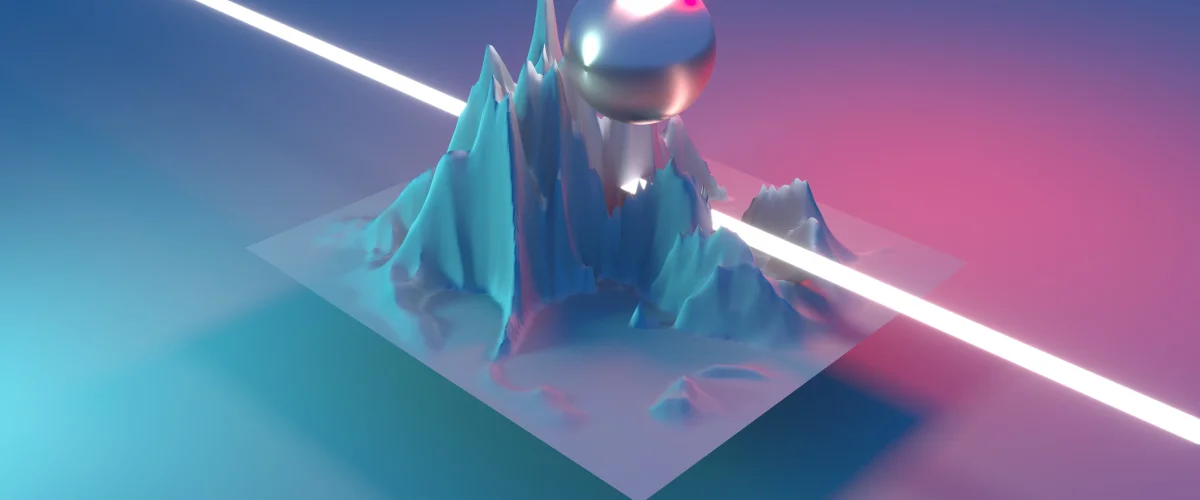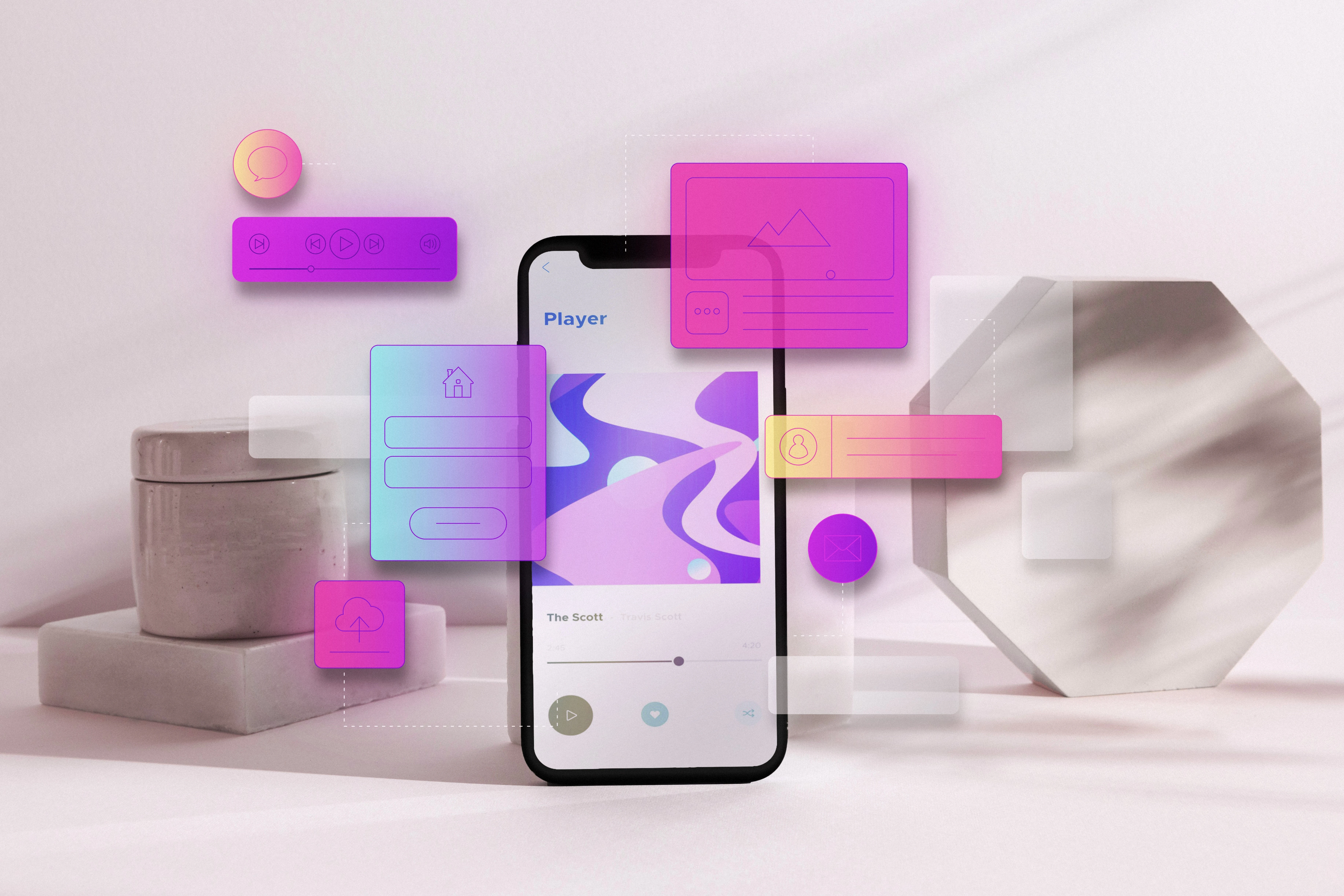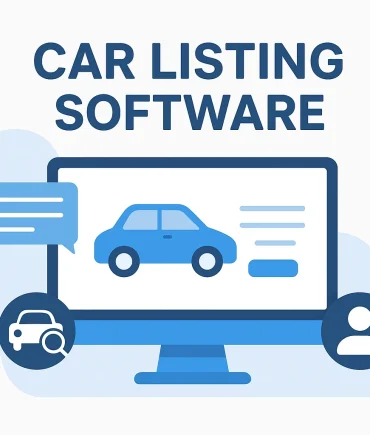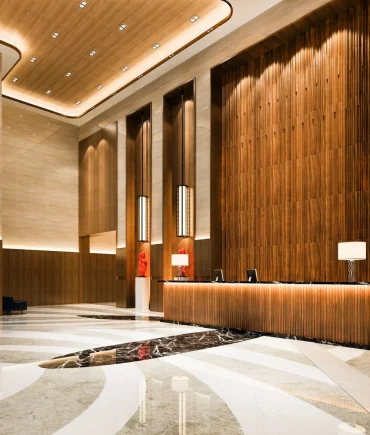What is an NFT Marketplace?
In the 1990s, blockchains emerged as an academic concept. However, today they have managed to attract attention as a very important game changer. Indeed, when they were first implemented through the legendary cryptocurrency Bitcoin, they brought a new perspective to the world's financial market. Suddenly, people became enthusiastic about digitalization. Over time, such a mindset raised the standard and quality of blockchain applications. Later, more and more projects related to cryptocurrencies were developed.
NFTs attracted a large market after their sales increased at high rates in a matter of months. The success was primarily due to early NFT adopters and creators who earned large revenues. For this reason, more and more people are trading on NFT Marketplaces every day.
Therefore, it can be said that managing an NFT marketplace can be a great business opportunity in the current crypto world. However, having such a platform requires great care and patience. This is because building a community around your platform requires an intense and planned work process from the first step.
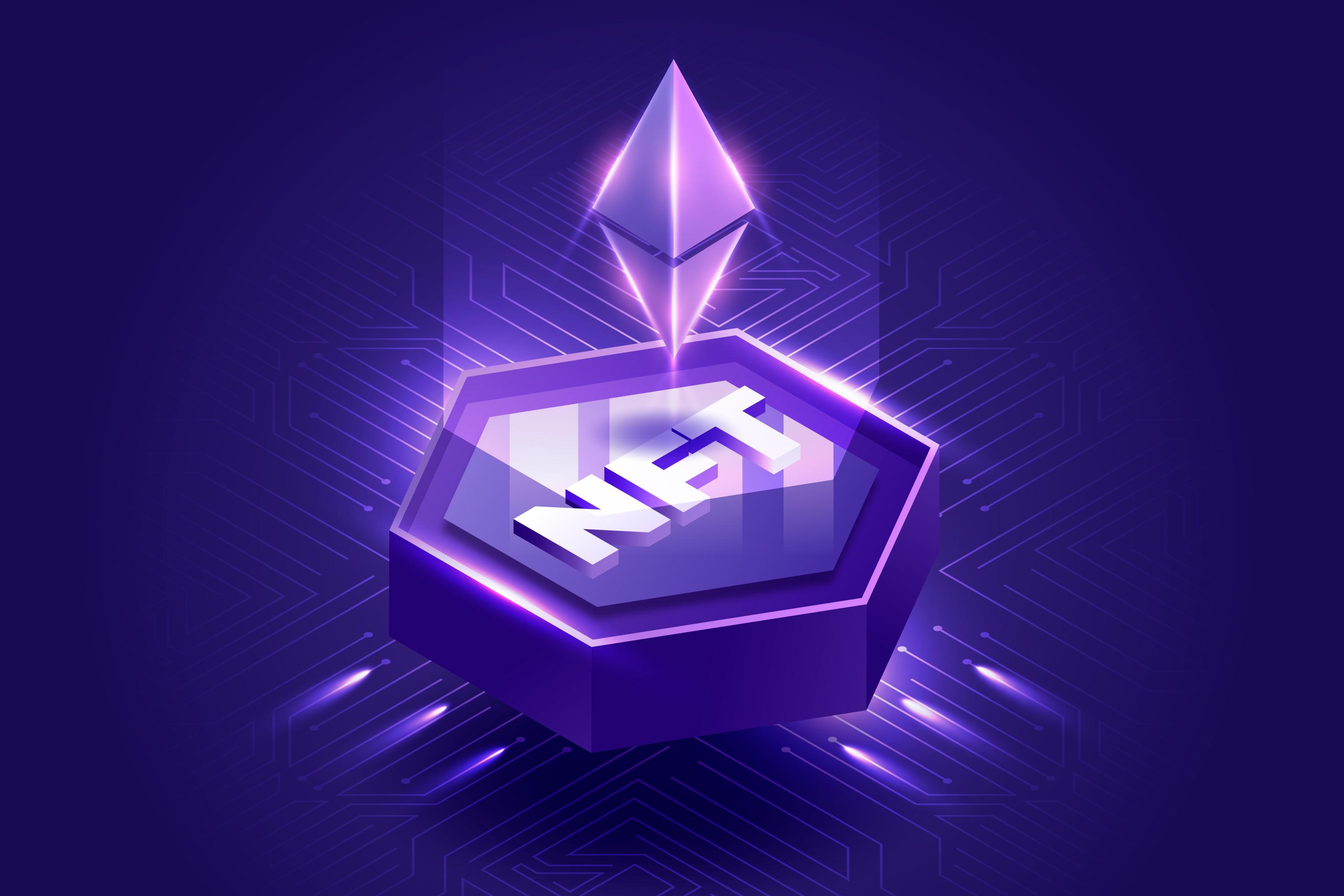
What is an NFT Marketplace?
An NFT marketplace focuses on horizontal trading that sells different types of NFT assets to focus on a general audience. Other platforms focus on running a platform based on vertical trading, where specific NFT assets targeting a niche audience are listed.
Examples of horizontal NFT marketplaces are OpenSea, Rarible, Solsea, and LooksRare. Platforms such as SuperRare, Foundation, Sorare, Decentraland, NBA Top Shot, FanCraze, and Jump are marketplaces that focus on a specific audience. Transactions on these marketplaces are usually made in exchange for cryptocurrencies. However, a few accept stablecoins in crypto to expand their customer base.
How to Use an NFT Marketplace?
First, users must create their accounts on the portal as a buyer or seller and connect their crypto wallets. As a different option, they should fill the built-in wallet with cryptocurrency.
Then, the seller must mint NFTs to support their digital assets. They should provide sufficient information about the NFT, such as details, cost (opening bid price/fixed price), deadline, and benefits.
The marketplace manager audits the NFT asset, and if the items comply with all its regulations, they are listed on the sales portal. The platform can also publish NFTs on a homepage for a fee. A potential buyer looks at the NFT and the details to bid or makes a purchase by paying the specified price. The bid amount is taken from the buyer's crypto wallet.
If the seller accepts that the offered bid meets or is sufficient, they can accept the bid, releasing it to the buyer and the amount is transferred to the seller.
During the transaction, a transaction fee can be charged in addition to the product fee, where many different combinations are possible. Fees are usually charged as a percentage of the final sales. The money is used for the maintenance and operations of the platform.
What Should an NFT Marketplace Be Like?
- Detailed Information: The user-facing portal should contain all the necessary information about NFT assets, such as descriptions, ownership history, bids, previews, and more.
- Search Practicality: The marketplace should include an advanced search feature where users can easily search for the NFT items they need. A faster search experience here is very important. Because this plays a significant role in determining the user experience.
- Filtering and Sorting Options: The NFT marketplace should also have a common filter option so that users can easily get relevant results and sort them easily according to their preferences.
- Listing Portal: Creators in an NFT marketplace should be able to easily mint and list their NFTs. A dedicated portal should allow sellers/creators to list their NFTs by providing the necessary details, including descriptions, sales mode, and tags.
- Status Portal: This feature will be useful for a seller when listing their NFTs for sale. Because moderation will take some time. It will be useful for a seller who wants to sell a collection of NFTs.
- Bidding Portal: Buyers in the NFT marketplace should be able to easily place bids and update themselves with the current status. It is important to set a deadline as it increases interest in NFT items auctioned on the platform.
- Crypto Wallet: It is a must-have feature for any NFT marketplace as they play an important role in processing transactions. Although users can log in with their wallets, it is recommended to use a built-in wallet for security to provide a seamless experience for users within the platform. You can create it from scratch or coordinate with a popular wallet provider like MetaMask or Coinbase.
- Ratings, Scoring, and Reviews: It is important to have these features so that buyers know which sellers are the best before making a purchase. Especially, beginners in the NFT world feel more comfortable when they can see the value of an NFT item based on the ratings and reviews given.
How to Create an NFT Marketplace?
To create an NFT Marketplace, you need to follow certain steps. At this point, you can create a successful project by getting professional support.
The stages of NFT marketplace development are as follows;
1. Comprehensive Planning
Like all other startup projects, the first stage of creating an NFT marketplace is to plan comprehensively. You should consider all the metrics that can come into play. Some factors included here are the business, target market, niche, competitors, solution, features, marketing, payment, and technologies used. Then, based on all the plans and decisions, you can move on to the design process that suits your goals.
2. Design
After preparing your NFT marketplace startup plans, you can start designing your platform. Using a Web3 library to create user-facing screens will help you. Make sure the user interface (UI) provides an immersive user experience (UX). Get suggestions from a limited user base and implement them in the future.
3. Development
After the user design process is ready, it's time to develop the back end that supports all the visible operations. You can write a smart contract with Solidity, which is the most preferred. In addition, you need to create smart contracts for NFTs, native tokens for your platform, and integrate your platform into the blockchain network.
4. Testing
After you have completed the full-scale development of your platform, you should perform intensive testing. A/B testing, a small user group, and repeated automated tests can be done. The bugs found must be resolved immediately to ensure the final platform is bug-free.
5. Launching
Now it's time to launch your platform for general use. Make sure your user base is ready through comprehensive marketing across channels. The effective way to gather your initial user base is to offer big advantages to early adopters. It is also important to have multiple communication channels where you can get valuable feedback for your venture. Periodically improve your platform based on feedback to keep up with trends.
